Medical imaging has transformed healthcare, allowing earlier and more accurate diagnosis, guiding precise treatment plans, and significantly improving patient outcomes. One advanced imaging technique that has revolutionized cancer diagnosis and management is the FDG PET-CT scan. In this comprehensive guide, we’ll dive into what FDG PET-CT scans are, their indications, advantages, and everything you should know about this powerful diagnostic tool.
What is an FDG PET-CT Scan?
FDG PET-CT (Fluorodeoxyglucose Positron Emission Tomography-Computed Tomography) combines two advanced imaging technologies: PET (Positron Emission Tomography) and CT (Computed Tomography). PET uses a radioactive tracer (FDG, a glucose analog) injected into the patient’s bloodstream, highlighting areas of metabolic activity—usually cancer cells—because they consume glucose more rapidly than normal cells. The CT component captures detailed anatomical images, providing precise localization of metabolic abnormalities. By merging these two modalities into one scan, clinicians can obtain both metabolic and anatomical information in a single examination, enhancing diagnostic accuracy.
When is an FDG PET-CT Scan Recommended?
An FDG PET-CT scan is often recommended for:
- Cancer Diagnosis and Staging: Identifying and evaluating the extent of various cancers, including lymphoma, lung cancer, breast cancer, colorectal cancer, melanoma, and others.
- Monitoring Response to Treatment: Assessing how effectively chemotherapy, radiotherapy, or immunotherapy is working and adapting treatment plans accordingly.
- Detecting Cancer Recurrence: Early identification of cancer recurrence even before symptoms appear, helping physicians promptly initiate further interventions.
- Evaluation of Unknown Primary Cancer: Identifying the original tumor site when cancer spreads to other parts of the body, significantly guiding therapeutic decisions.
- Neurological Disorders: Evaluating conditions like Alzheimer’s disease, epilepsy, and dementia by assessing metabolic changes in brain activity.
Key Advantages of FDG PET-CT Scan
1. Enhanced Diagnostic Accuracy
By combining metabolic and anatomical imaging, FDG PET-CT provides more precise localization of abnormalities compared to using PET or CT alone. This results in improved diagnosis, staging, and therapeutic planning.
2. Early Detection of Disease
PET-CT scans can detect cellular-level changes in metabolic activity, identifying abnormalities earlier than traditional imaging methods, which typically detect anatomical changes only after they have become more advanced.
3. Personalized Treatment Planning
PET-CT aids oncologists in developing personalized treatment approaches tailored to the individual patient’s condition by accurately determining disease extent and response to therapy.
4. Reduced Need for Multiple Procedures
By providing comprehensive information in one examination, patients avoid multiple scans and procedures, reducing stress, radiation exposure, and overall healthcare costs.
5. Guidance for Biopsy and Surgical Procedures
FDG PET-CT accurately pinpoints metabolically active tumors, allowing physicians to precisely target biopsies or surgical interventions, leading to better clinical outcomes.
Preparation and What to Expect During the FDG PET-CT Procedure
Prior to an FDG PET-CT scan, patients are generally instructed to fast for approximately 6 hours to ensure optimal imaging results. Patients should inform their doctor of medications and conditions such as diabetes or pregnancy. After intravenous injection of the FDG tracer, patients typically wait 45 to 60 minutes to allow proper distribution. The scan itself lasts around 20–30 minutes, during which patients must remain still to ensure clear images. The procedure is painless, with minimal discomfort.
Risks and Safety Concerns
FDG PET-CT scans are safe and widely used in clinical practice. The amount of radiation exposure is carefully controlled and comparable to other diagnostic imaging tests. Allergic reactions to FDG tracer are extremely rare, and side effects are uncommon. However, always discuss your specific medical condition and any potential risks with your healthcare provider prior to the procedure.
After the FDG PET-CT Scan
Once completed, the images are analyzed by a specialist nuclear medicine physician or radiologist, and results are typically available within a few days. These results will guide your physician in determining the next steps, whether that includes further diagnostics, initiating treatment, or continued monitoring.
Conclusion
FDG PET-CT scans provide unparalleled accuracy, safety, and comprehensive diagnostic information that significantly enhances cancer diagnosis, staging, treatment monitoring, and patient care. Understanding the benefits, indications, and procedures involved with FDG PET-CT will help you make informed decisions alongside your healthcare provider, improving your treatment experience and outcomes.


